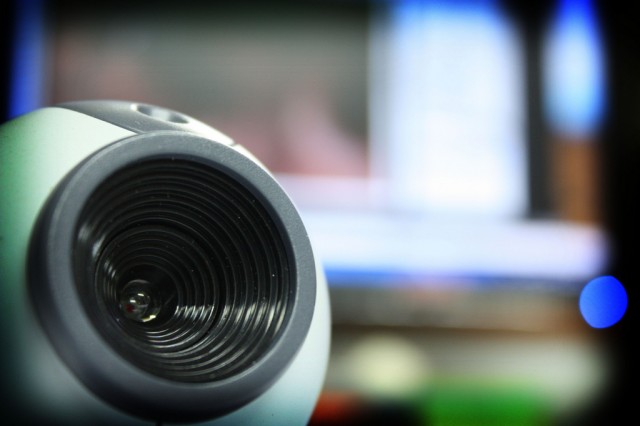
A 30-year-old man from London has been convicted for installing spying software on the computers of three women in order to watch them remotely.
Andrew Meldrum was this week found guilty of three counts of unauthorized access to computer material and two counts of voyeurism. He will be sentenced on Monday, April 14.
One of the victims, aged 21, contacted police in November 2012 after she found software on her computer that allowed for her webcam to be accessed remotely. She suspected it had been placed there by Meldrum since he had recently helped her with some computer trouble.
Police started to investigate the case, and Meldrum was arrested on November 13, 2012, only to be released on bail while further forensic examinations of the computer were carried out.
The victim mentioned the issue to another woman, who was then 23, and she checked her computer—which had also been meddled with by Meldrum—and found the same software. This second victim mentioned it to another friend, who—surprise, surprise—found the program; it had most likely been installed on her computer for 15 months.
Meldrum was charged for all of the offenses on June 6 and put on trial last week.
Investigating officer DC Nick Pailthorpe described it as a "complex and protracted investigation" that involved "detailed examination and evaluation of computer files."
"I hope that they can take some consolation in the guilty verdict that sends out a clear message to anyone that this type of intrusion into a person's private life is not acceptable and the Metropolitan Police will support all victims and pursue all suspects," he added.
Digital forensics expert Peter Sommer told Wired.co.uk that the techniques employed by Meldrum were "relatively unsophisticated" in that the victims knew him and had given him access to their computers. "Most of the time people would send a trojan to somebody, and the software would covertly switch the webcam on," he said. Anecdotally, he says, this sort of voyeurism is "very common" and spying software is "very easy to get hold of," but it's hard to tell the scale of the issue since people who are being viewed without their knowledge won't make a complaint to the police. "But once there's a suspicion, any competent digital forensics investigator will be able to find the digital traces and trap [the perpetrator]."
Webcam spying has been in the headlines recently after it was revealed by The Guardian that UK spy agency GCHQ intercepted images from the webcams of millions of Yahoo customers. Between 2008 and 2012, a piece of surveillance software called Optic Nerve took still images from Yahoo webcam chats and stored them on GCHQ databases. Between three percent and eleven percent of images were described as containing "undesirable nudity."In other voyeur news, the police themselves were targeted when an electrical contractor carrying out work at Abingdon police station installed a camera in the women's changing room last September. The perpetrator, 32-year-old Christopher Richardson-Blake, pleaded guilty this week and will be sentenced April 3.
This story originally appeared on Wired UK.
reader comments
82